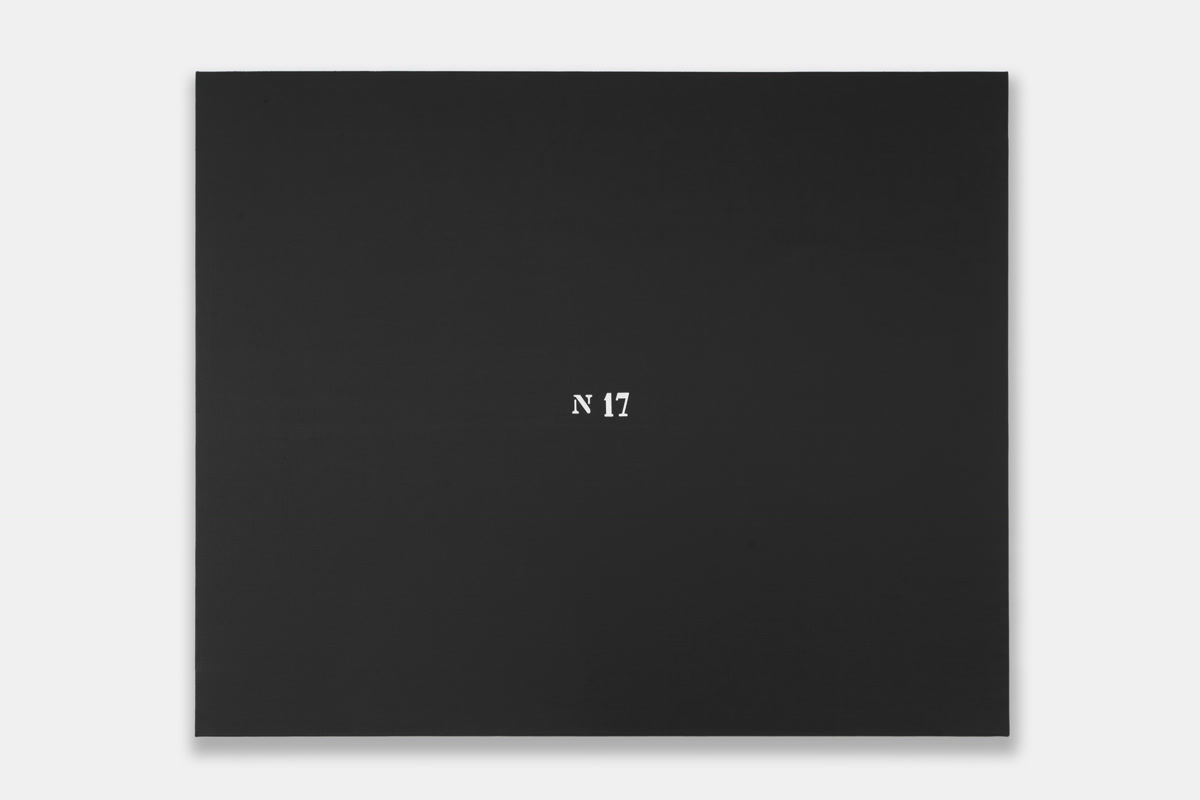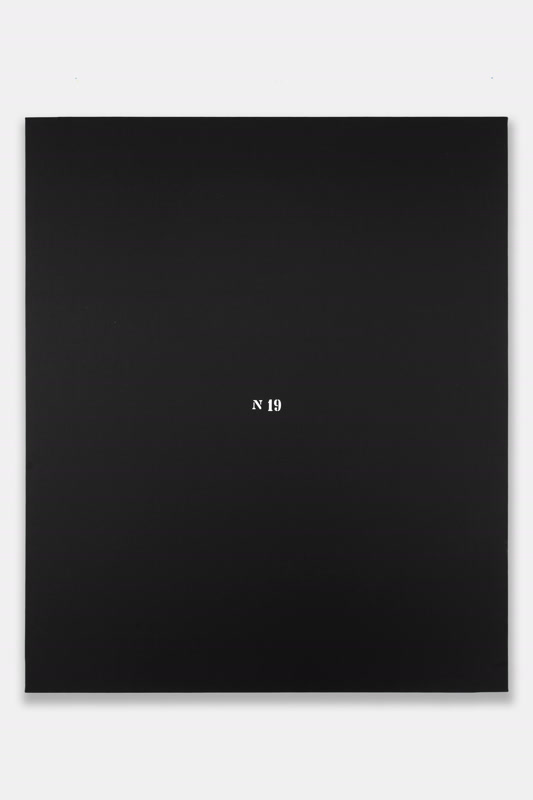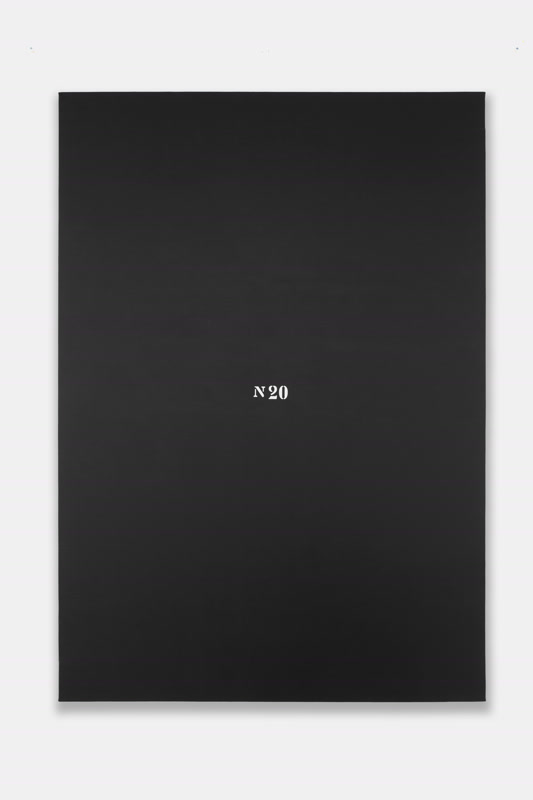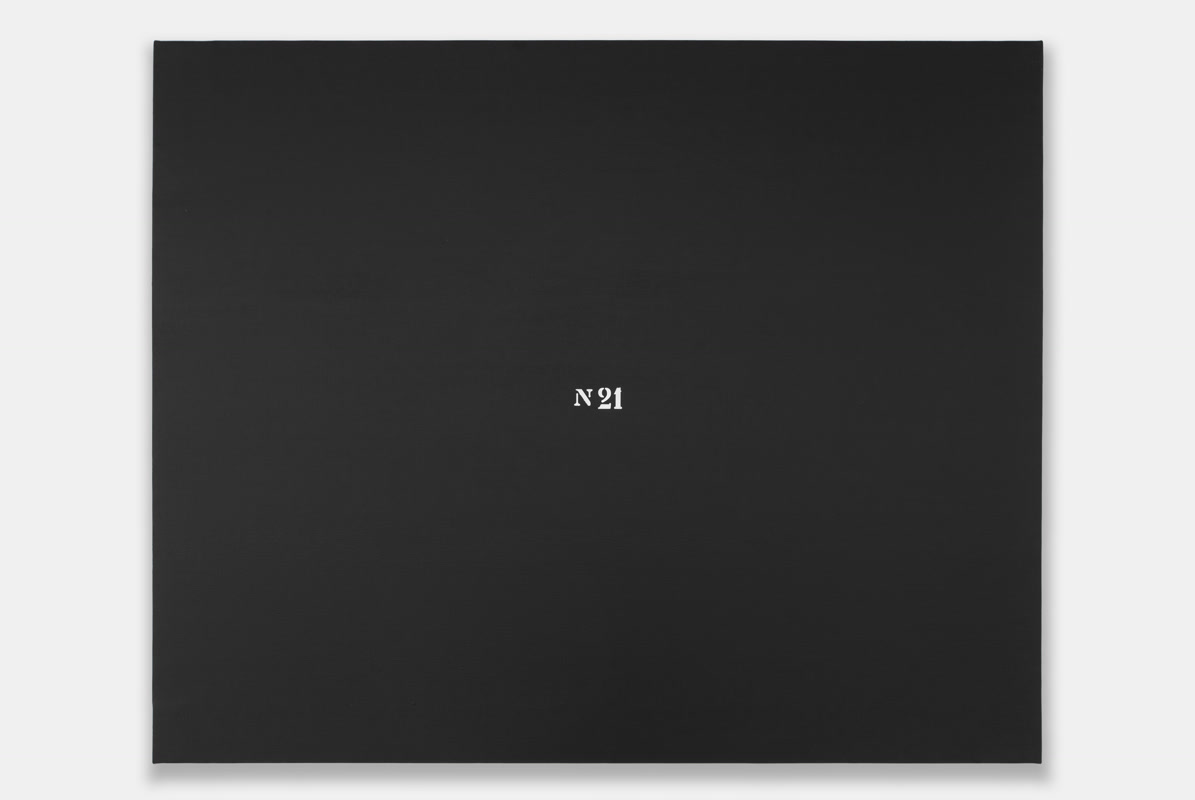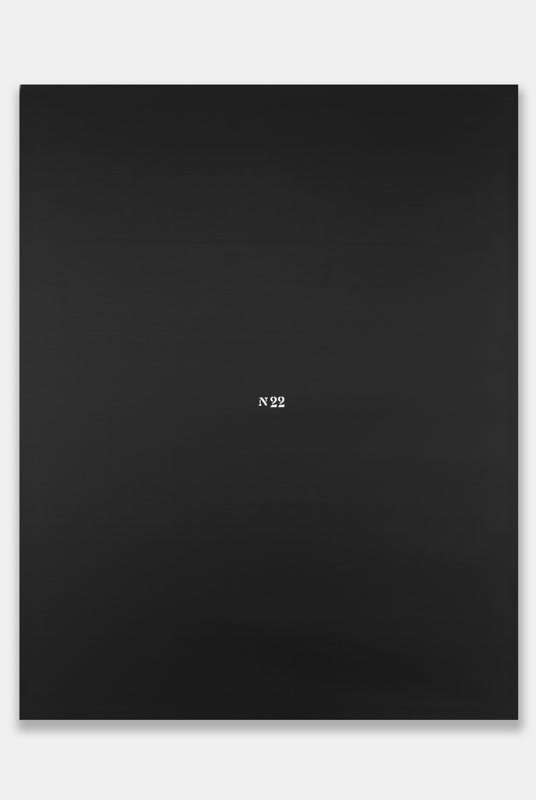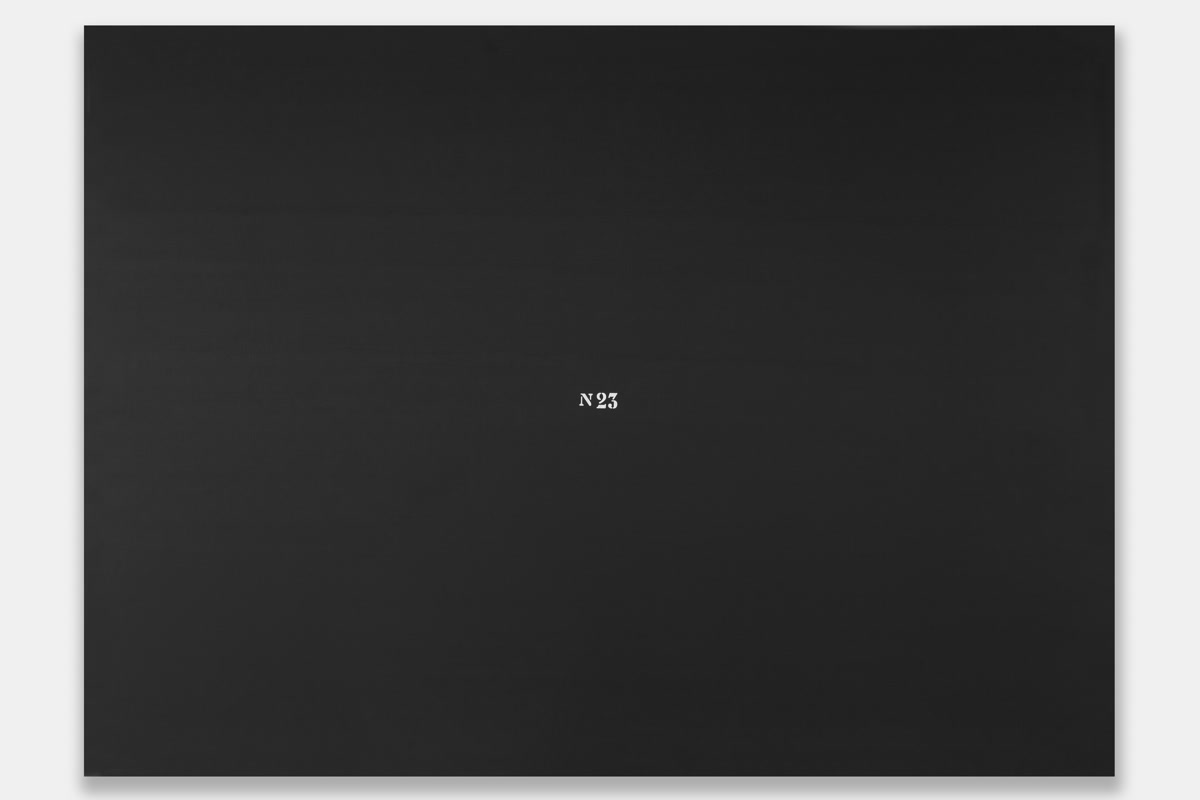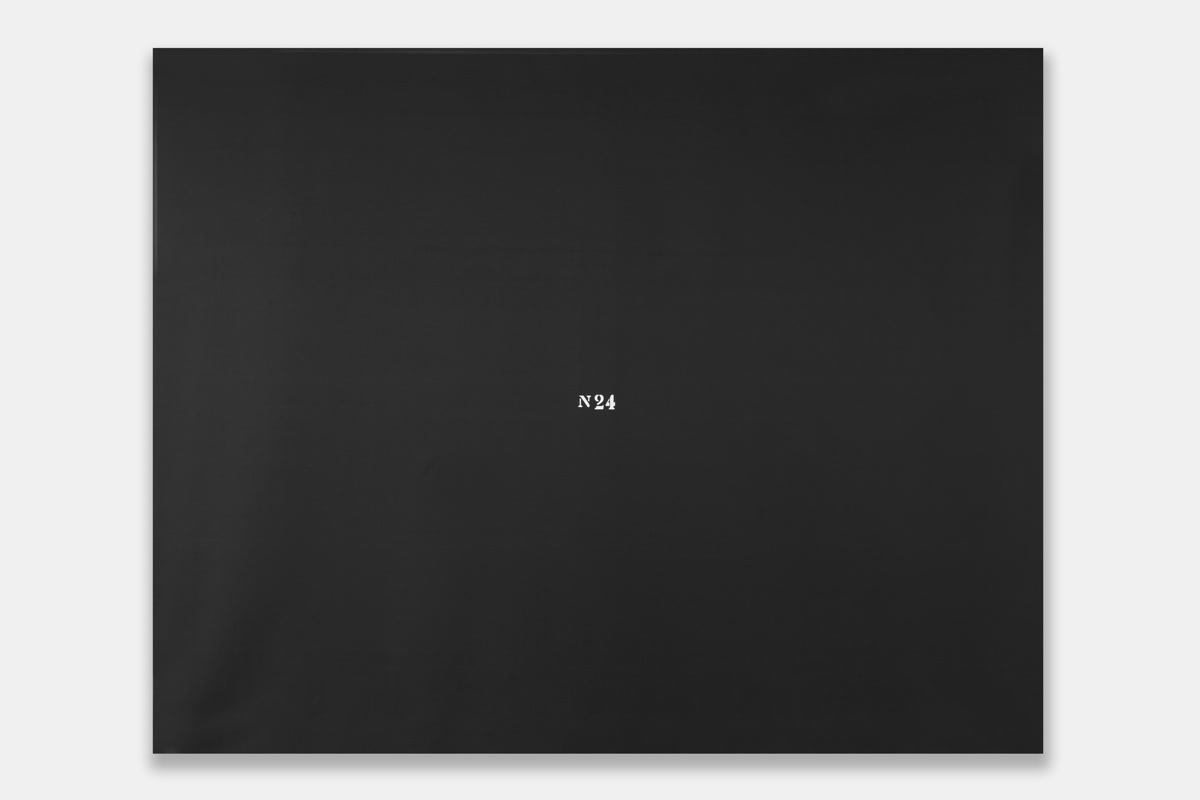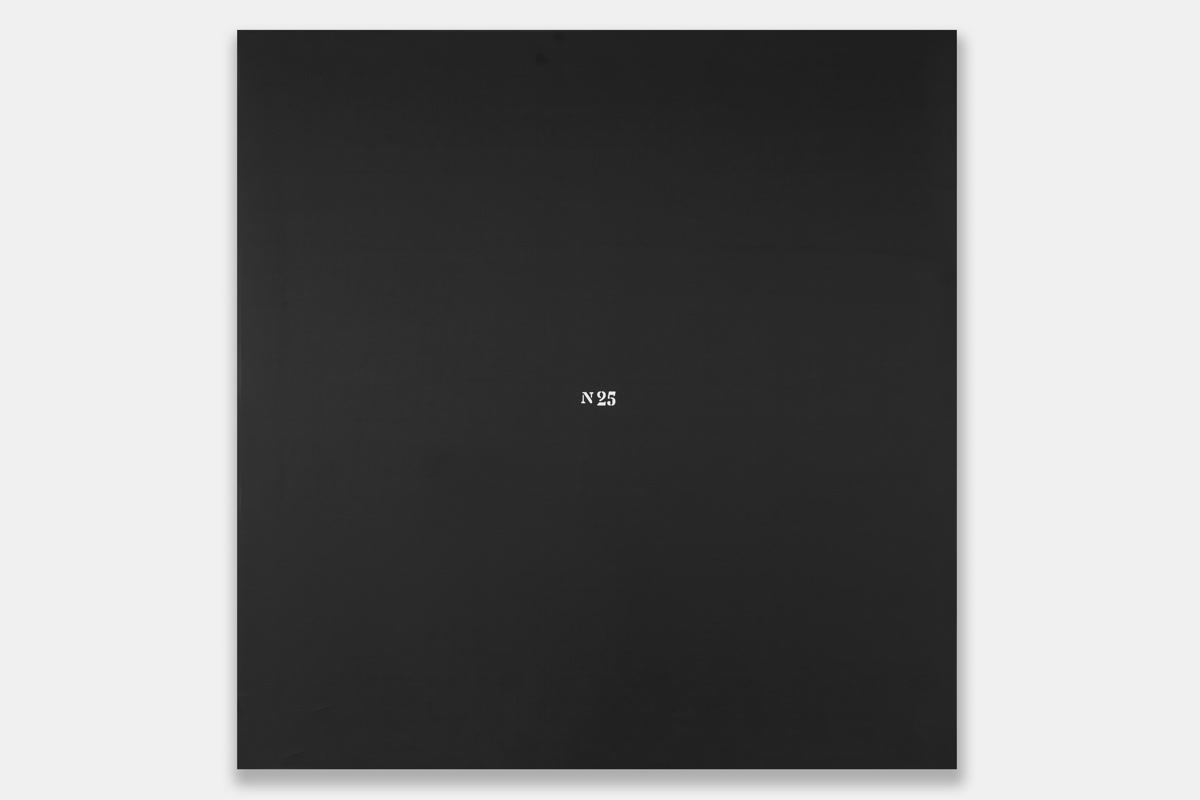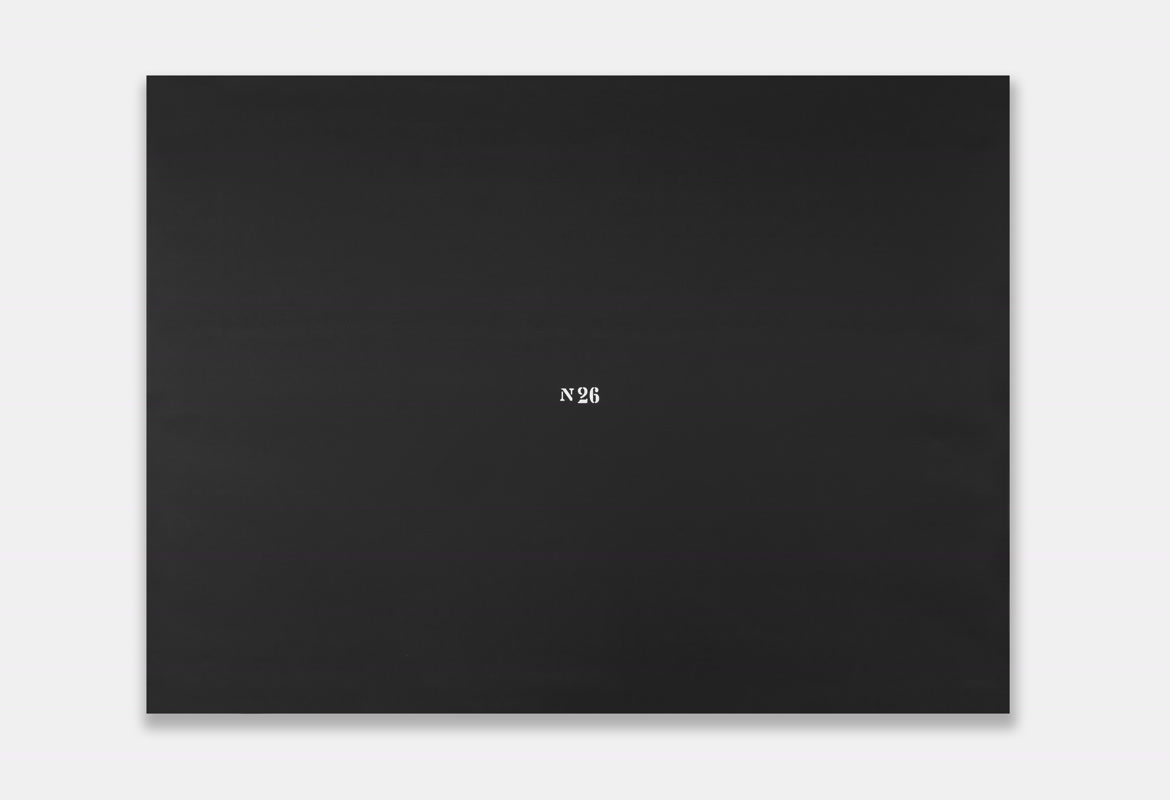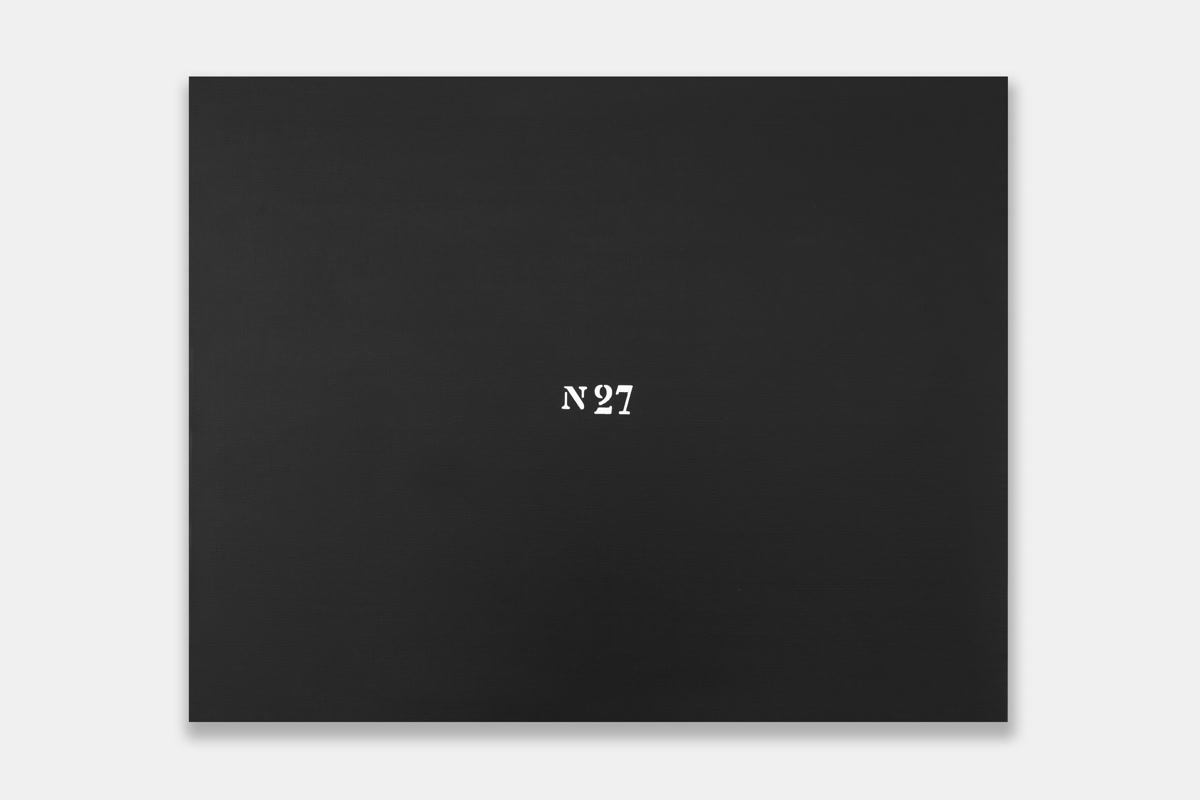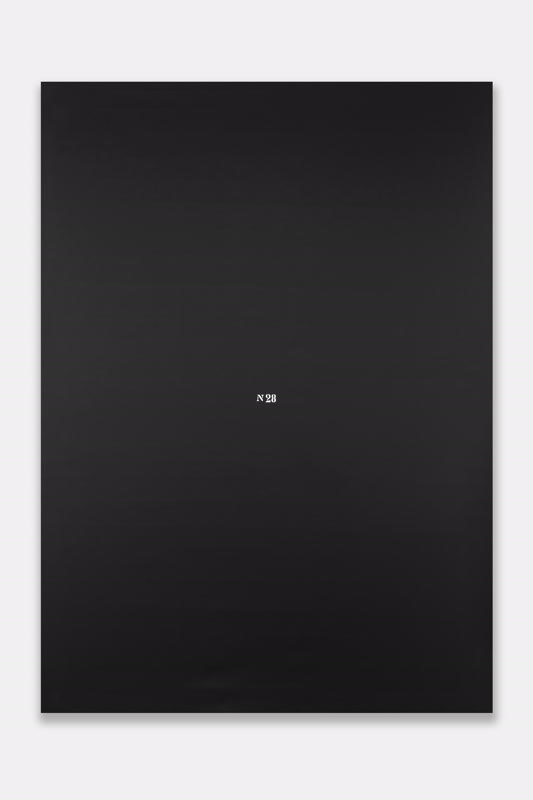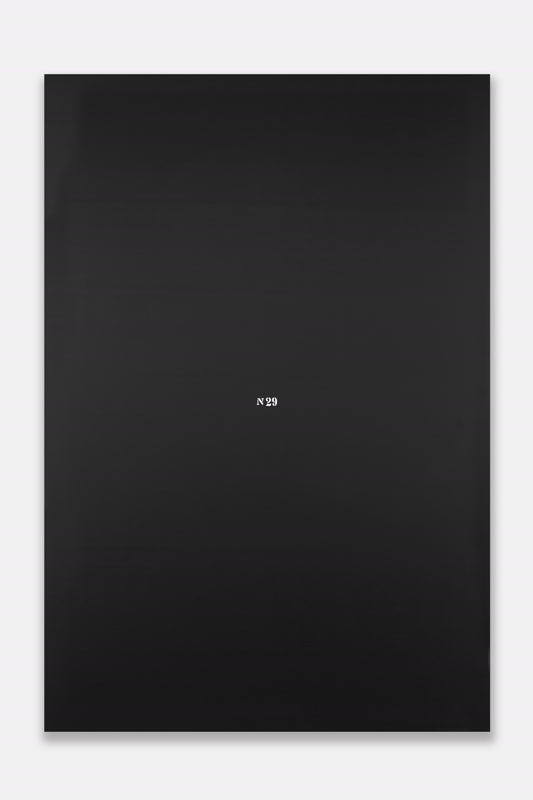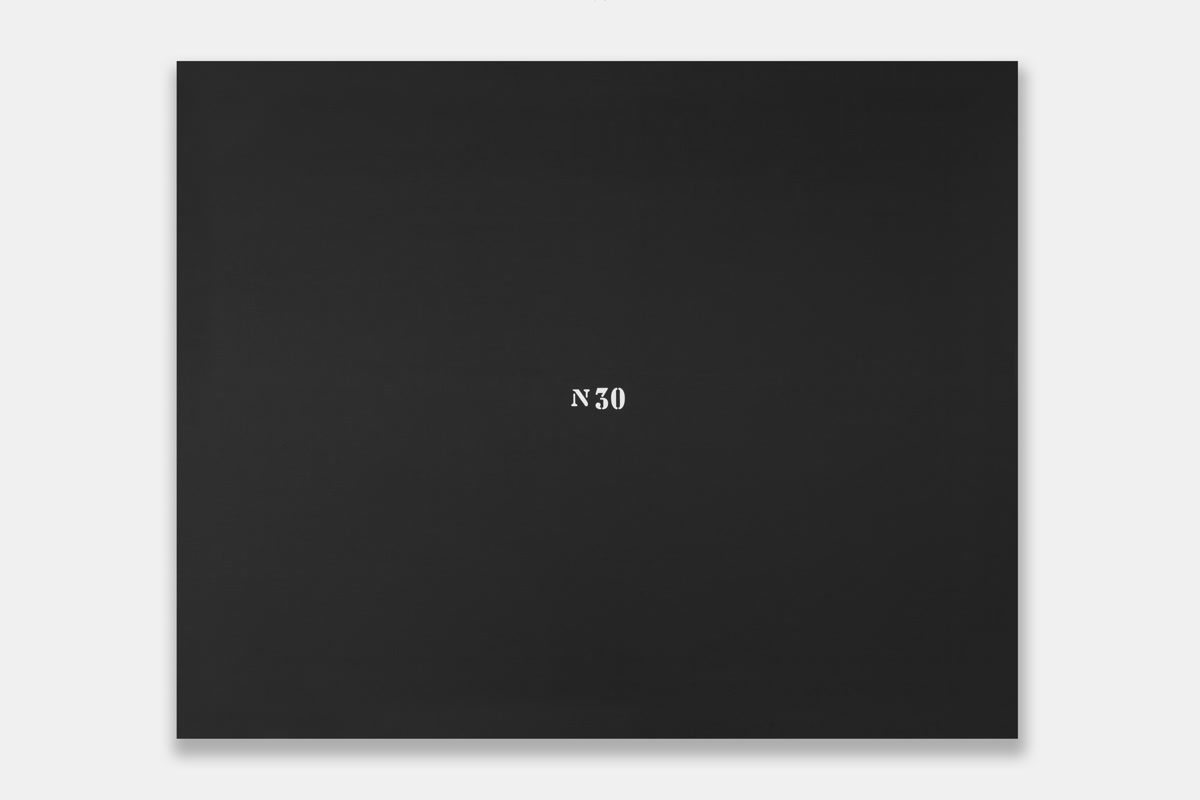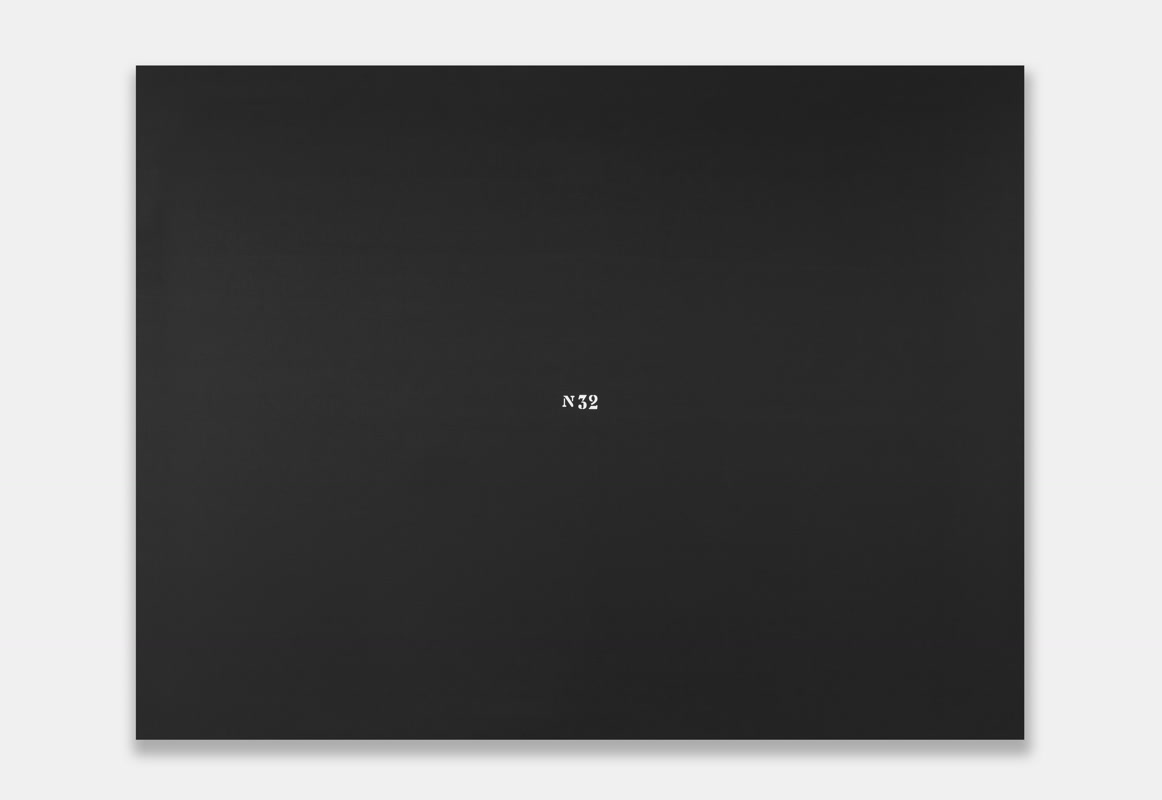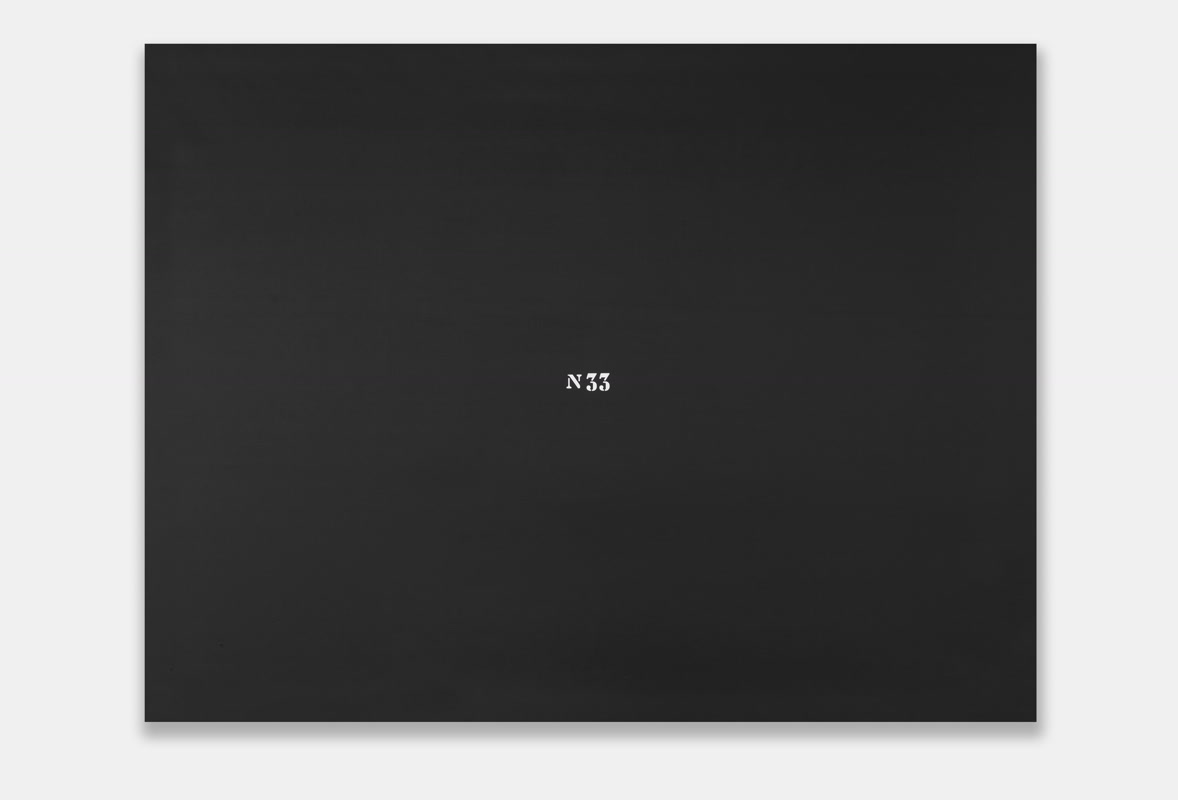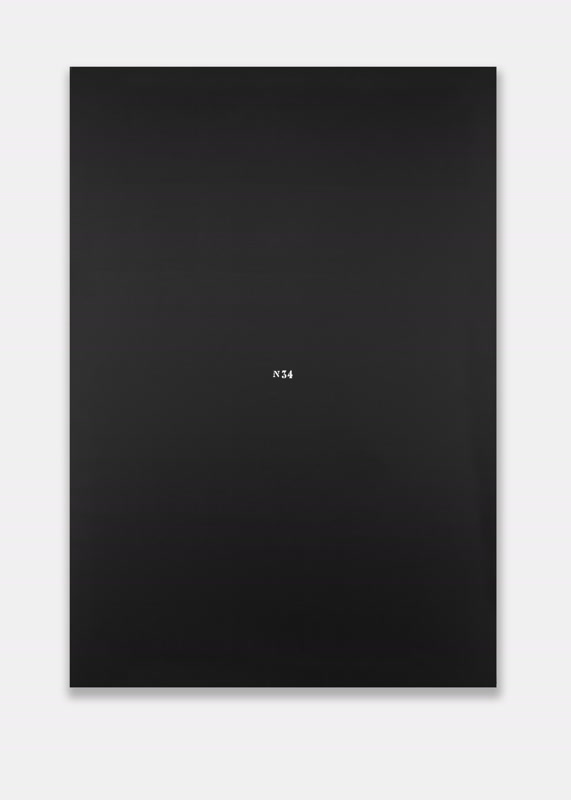N 0 is a context-specific installation by artist Domenico Antonio Mancini (Naples, 1980) that plays with the idea of masking and subsequent unveiling of the collection of the historic Lissone Prize, placing it at the center of renewed attention. N 0 also aims to trigger a series of general reflections on life, the role of contemporary art museums today, and their relationship with the public. For this project, Domenico Antonio Mancini chooses to start from the specificity of the place: Lissone, the museum, the Prize, and its installation. The Gino Meloni Hall features a selection of works from the permanent collection of the MAC, with 34 paintings displayed in the style of a picture gallery. The works occupy the entire rear wall of the hall and the two adjacent side walls, without any textual indications. The set of related captions is grouped in a panel located on a fourth wall. Mancini's installation takes inspiration from these physical characteristics, using them as a tool to analyze the relationship between the collection and the space in which it is displayed, the ways in which the public interacts with the works, and the relationships between the works themselves. N 0 therefore reflects on the display of the artwork and its identification, on the exhibited object and its description.
In its visual dimension, N 0 offers the public of MAC an unprecedented yet familiar, and therefore unsettling, vision of the Gino Meloni Hall: visitors are immersed in an environment renewed from the fixed walls of the hall, modified for the occasion and functional for the future reinstallation of the permanent collection. Of the 34 paintings of the Historic Lissone Prize, only one is visible throughout the entire duration of the exhibition, and it becomes an integral part of Mancini's installation: Cartello n. 20 (1960) by Mario Schifano, Acquisition Prize of the XII Lissone Prize (1961). In place of the other 33 paintings are an equal number of paintings of the same dimensions, created by the artist as a device to activate attention. Cartello n. 20, chosen by Mancini, is a painting on kraft paper in shades of orange, with the black inscription "N 20," and is part of Schifano's cycle of monochromatic works. By leveraging the abstract and absolute nature of the monochrome, Mancini continues his radical reflection on pictorial language, which in the absolute black seems to absorb the most advanced research in 20th-century abstract painting. Beyond the absolute synthesis on the pictorial plane expressed by the black monochrome, for Mancini, there is the space of the installation inhabited by the history of the Prize and its multiple publics. Mancini's installation, in fact, concentrates the public's attention on this single work from the Prize, isolating it, "framing" it conceptually and formally, to propose for reflection the immaterial elements that inhabit the museum space, such as individual histories, institutional history, and the experiences of those who enter the exhibition space. In Schifano's painting, the letters preclude "the viewer from any grasp, any pretext for communication; however, it is legitimate to ask whether the painter intends to limit himself (and for how long) to this statement of non-consent, or if he is about to resume some form of dialogue, perhaps even only with himself" (Filiberto Menna). In Mancini's installation, on the other hand, each canvas bears a number as a clear reference to the caption, a device for identifying the work, which becomes the center of observation and the focal point of the message.
Project exhibited in:
N 0, MAC Contemporary Art Museum, Lissone, 2022


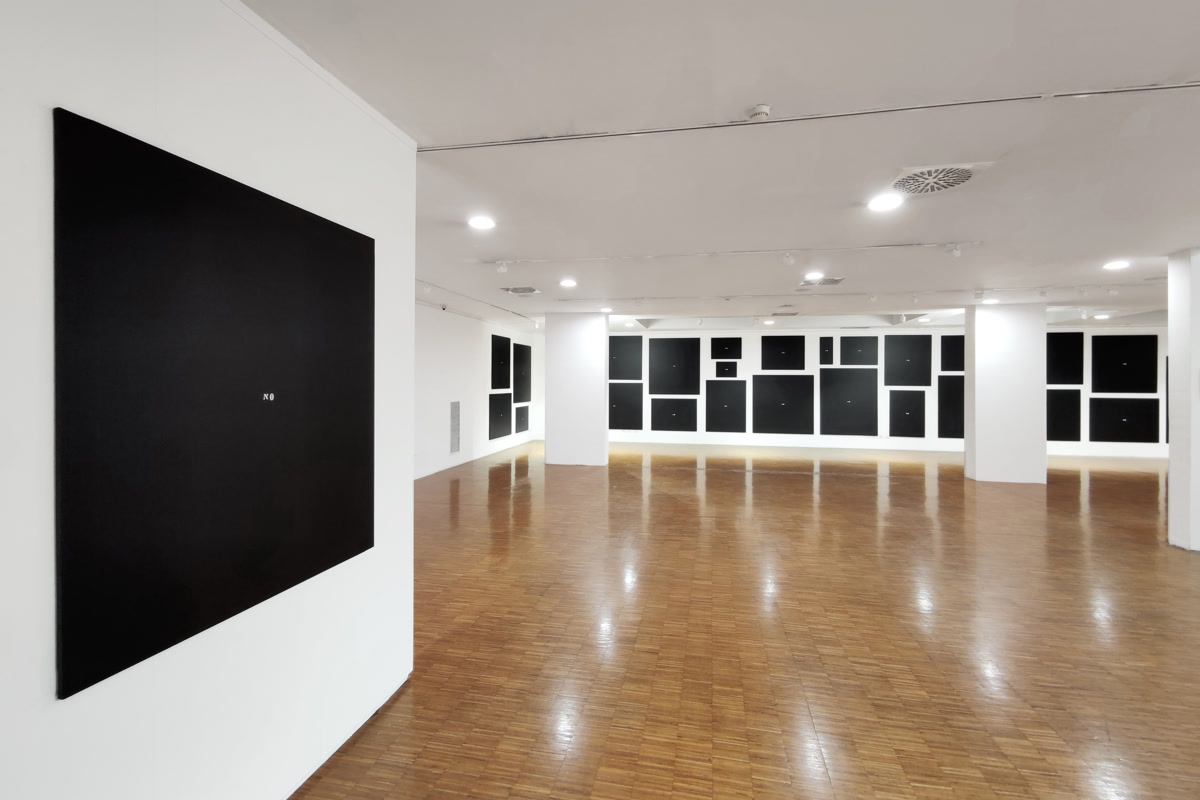
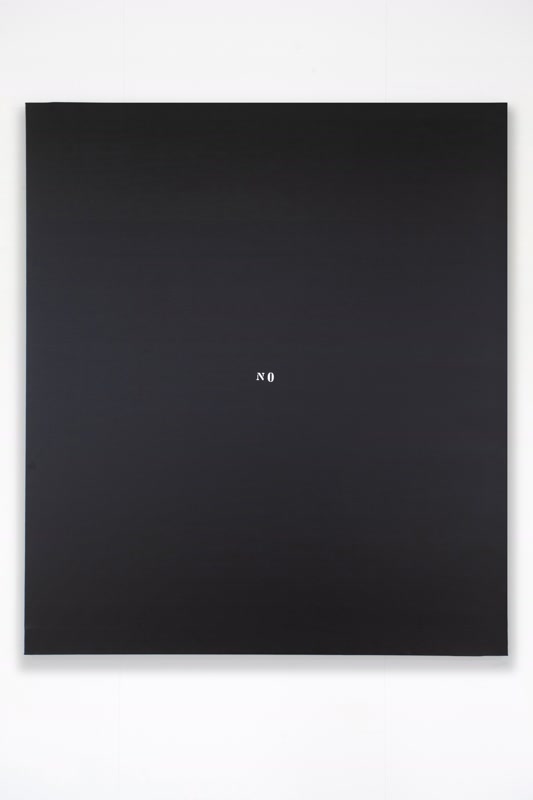
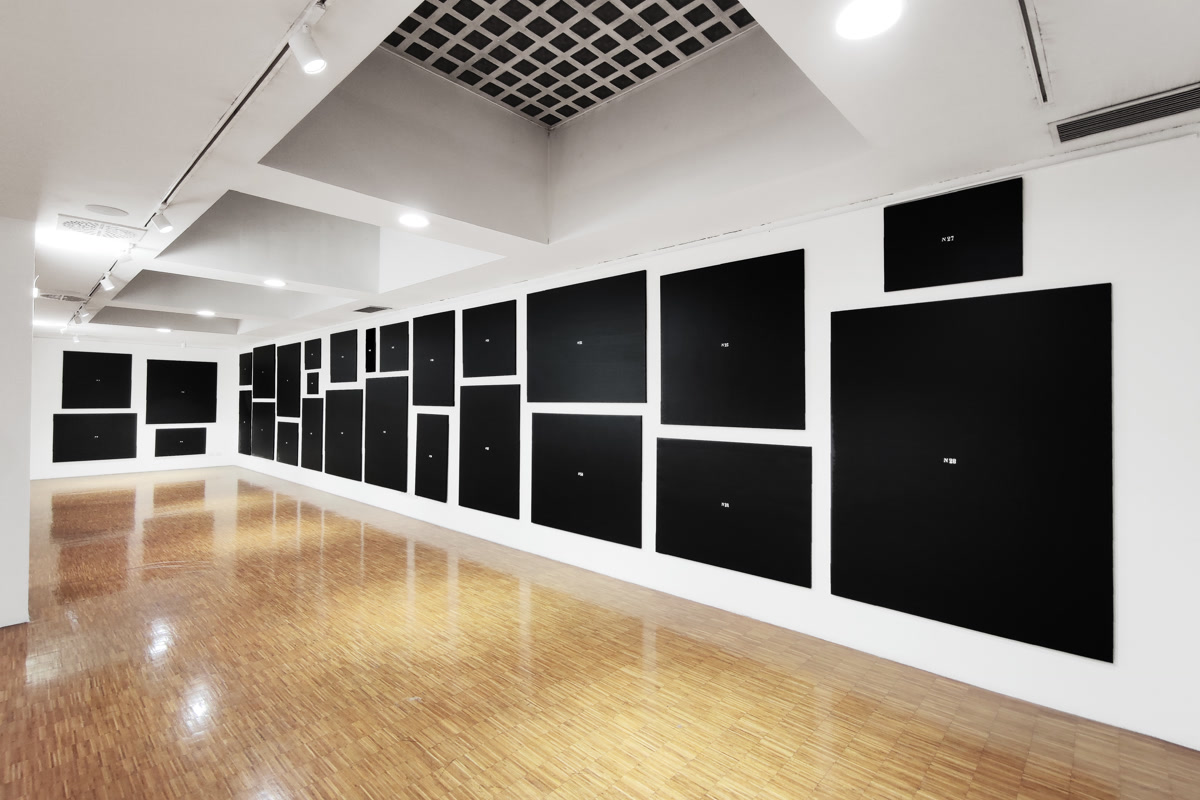
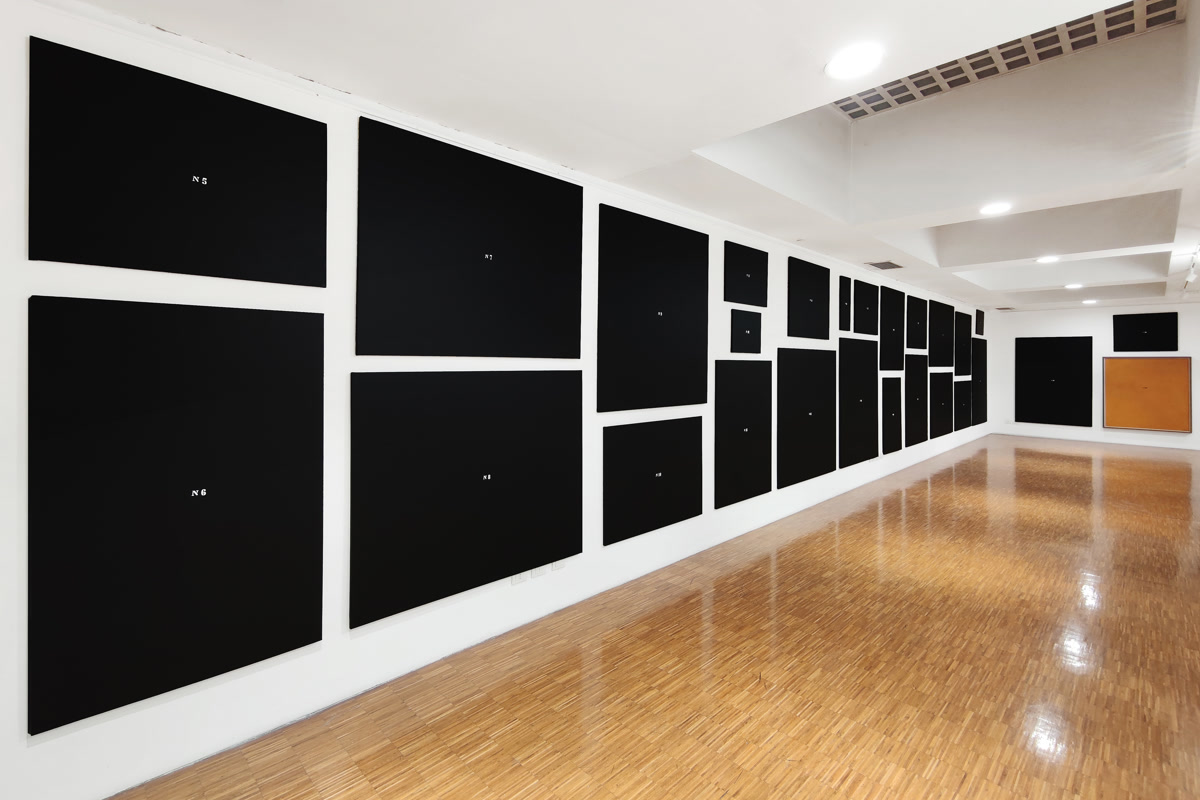
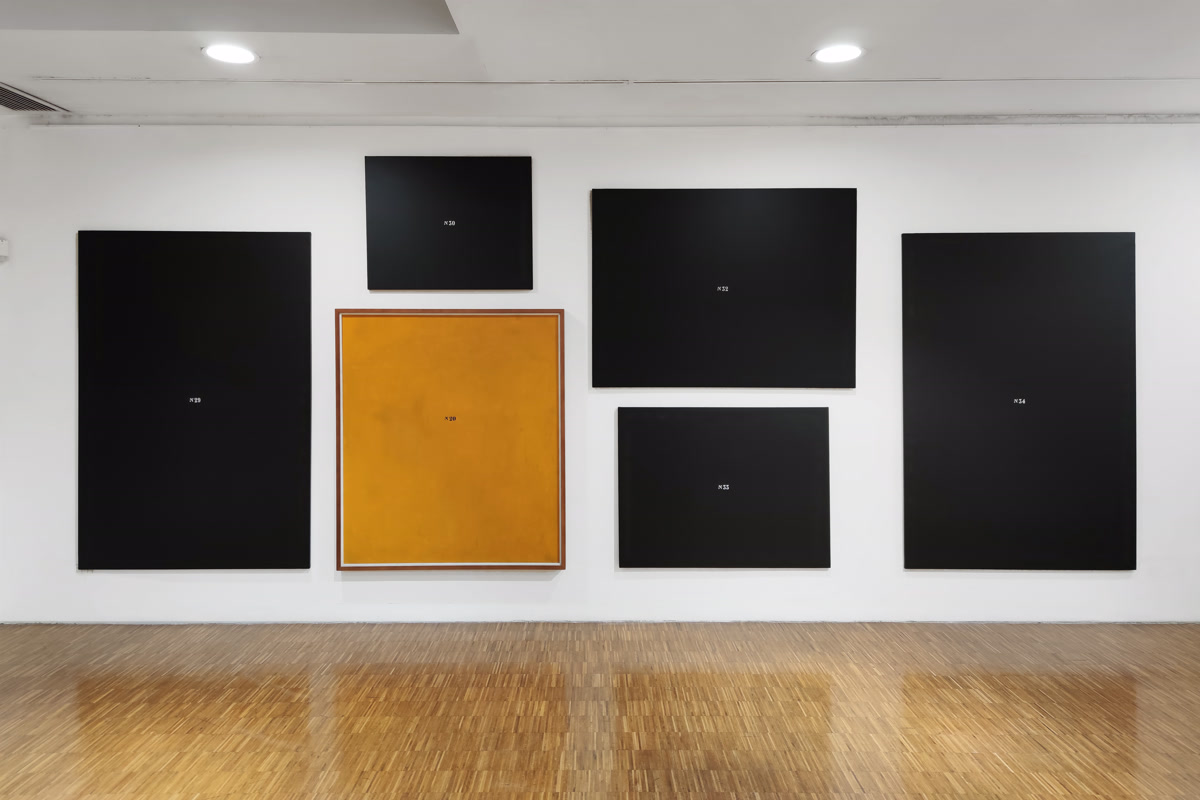
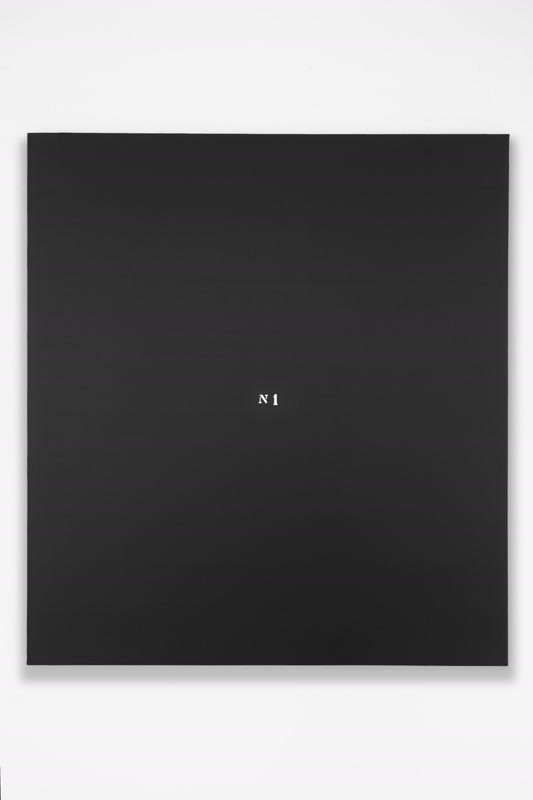
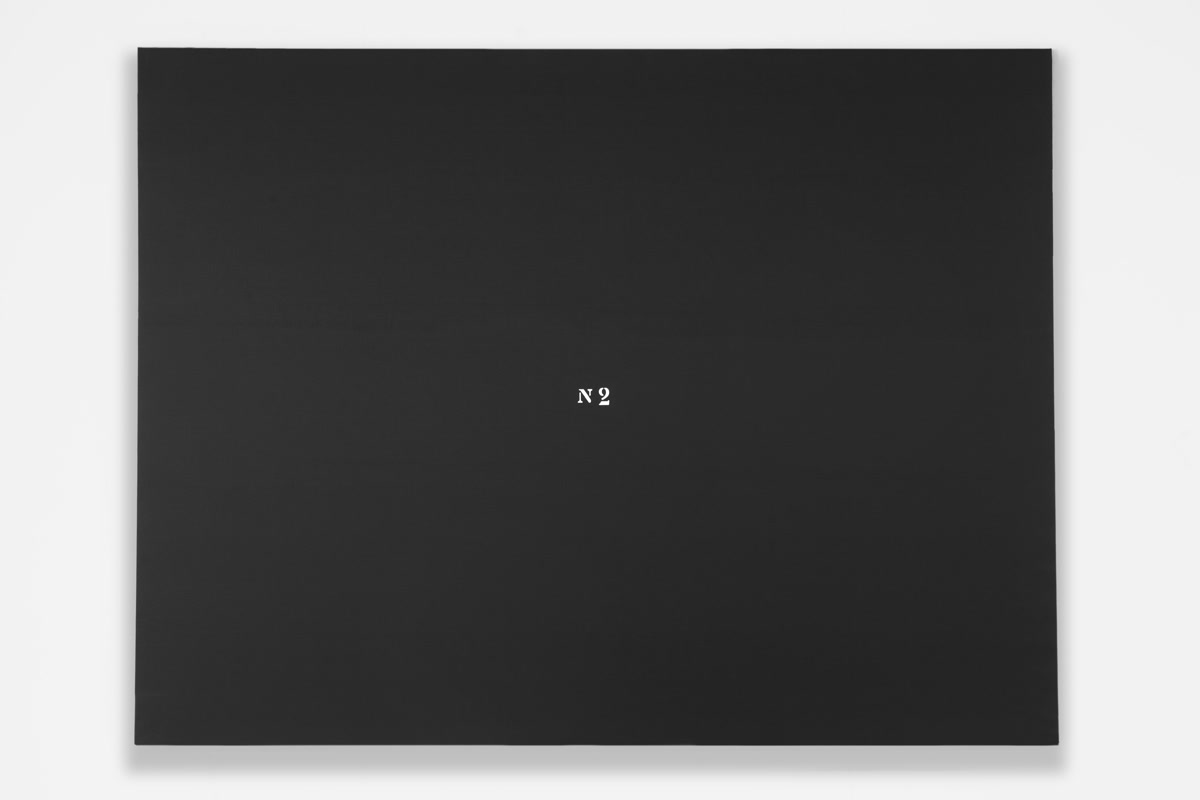
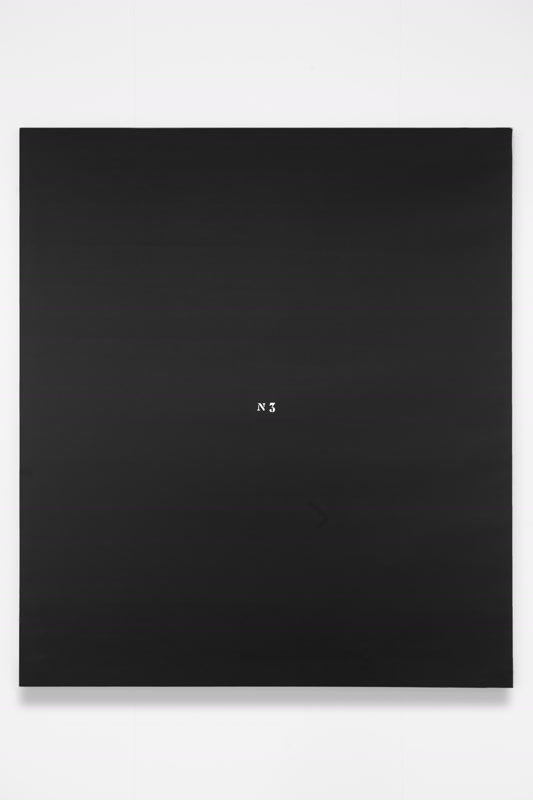
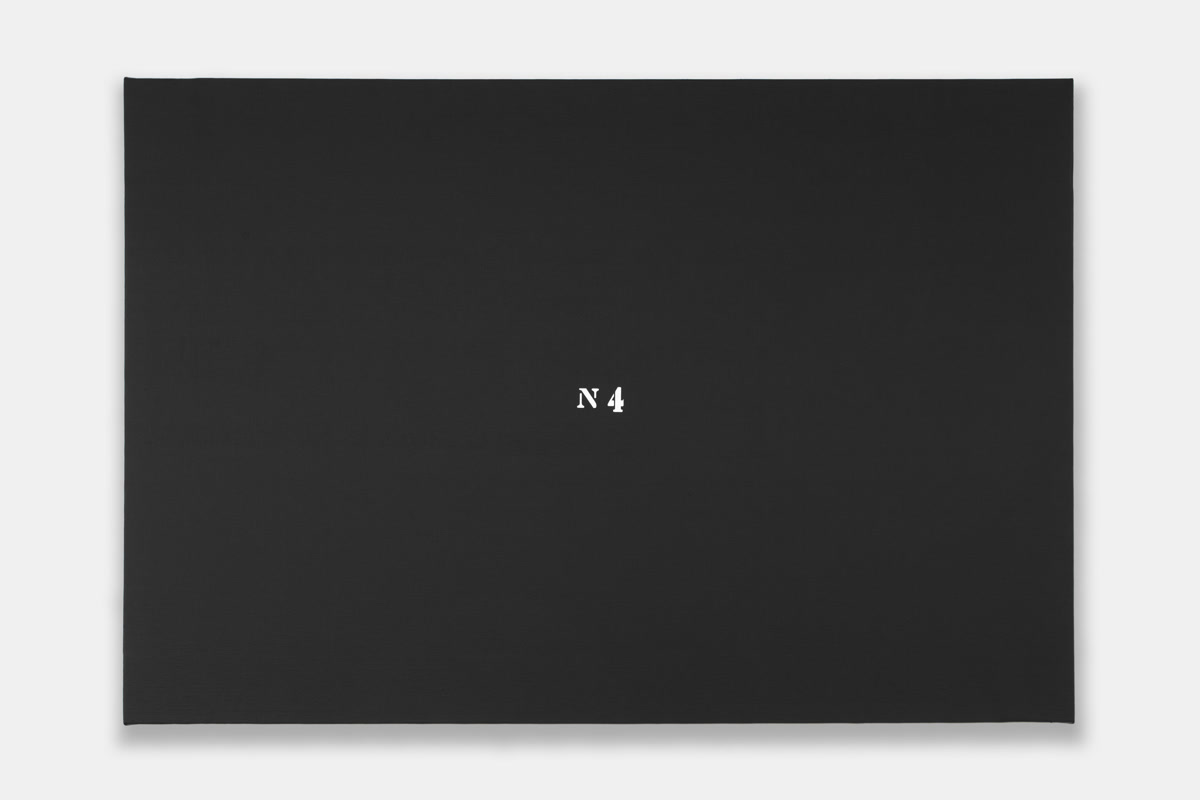
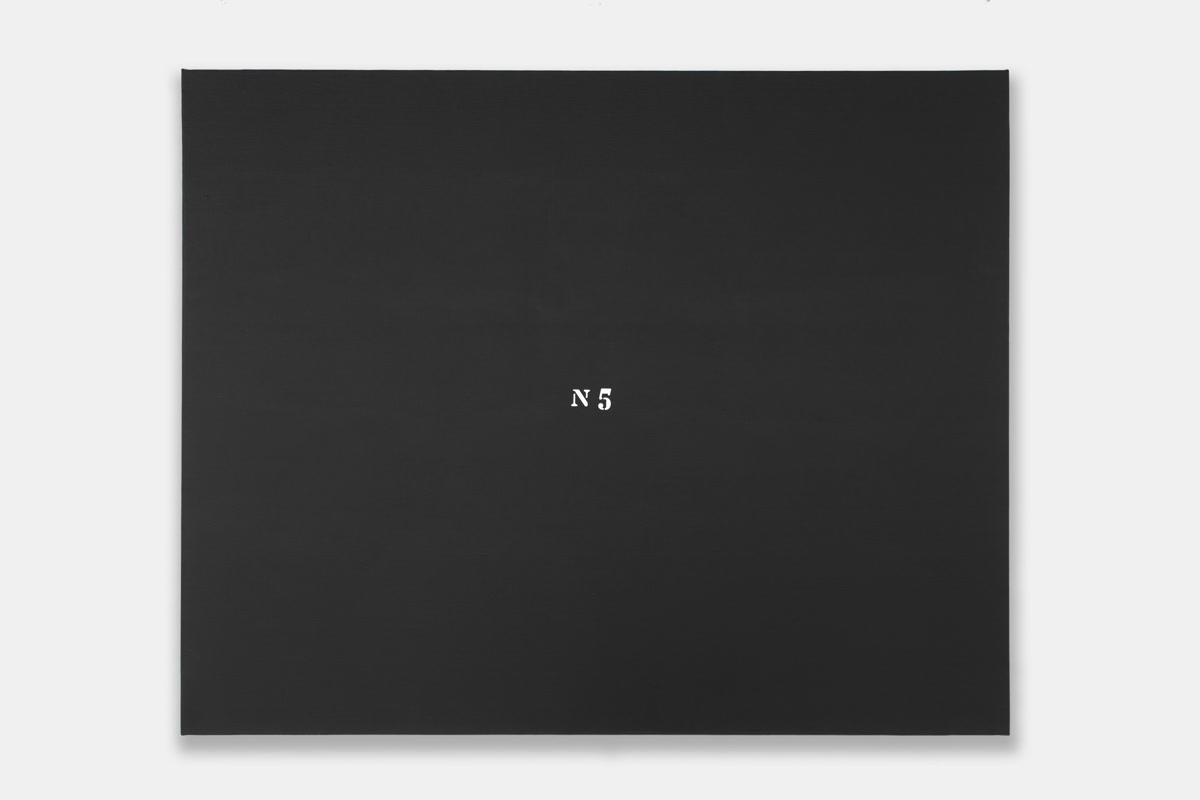
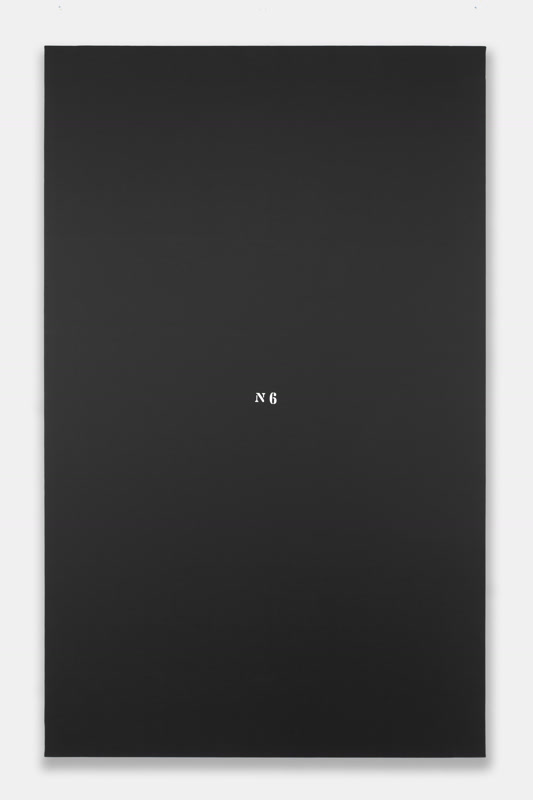
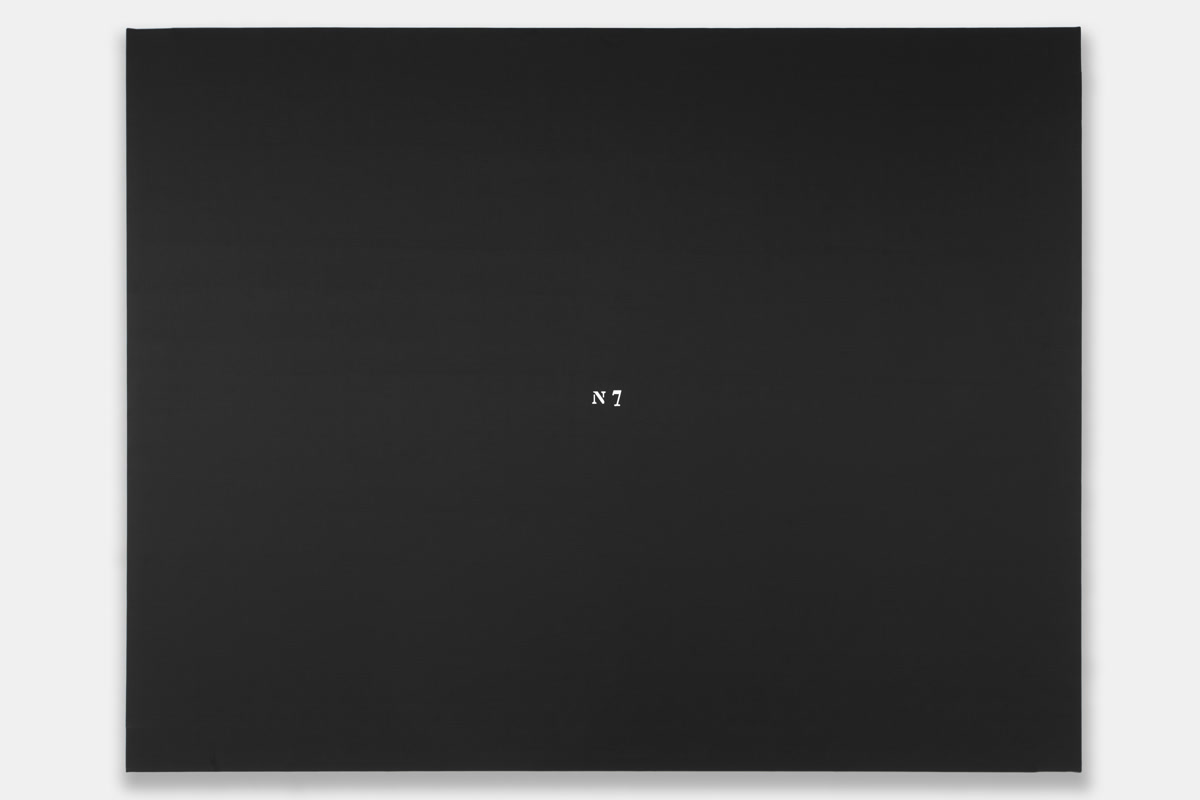
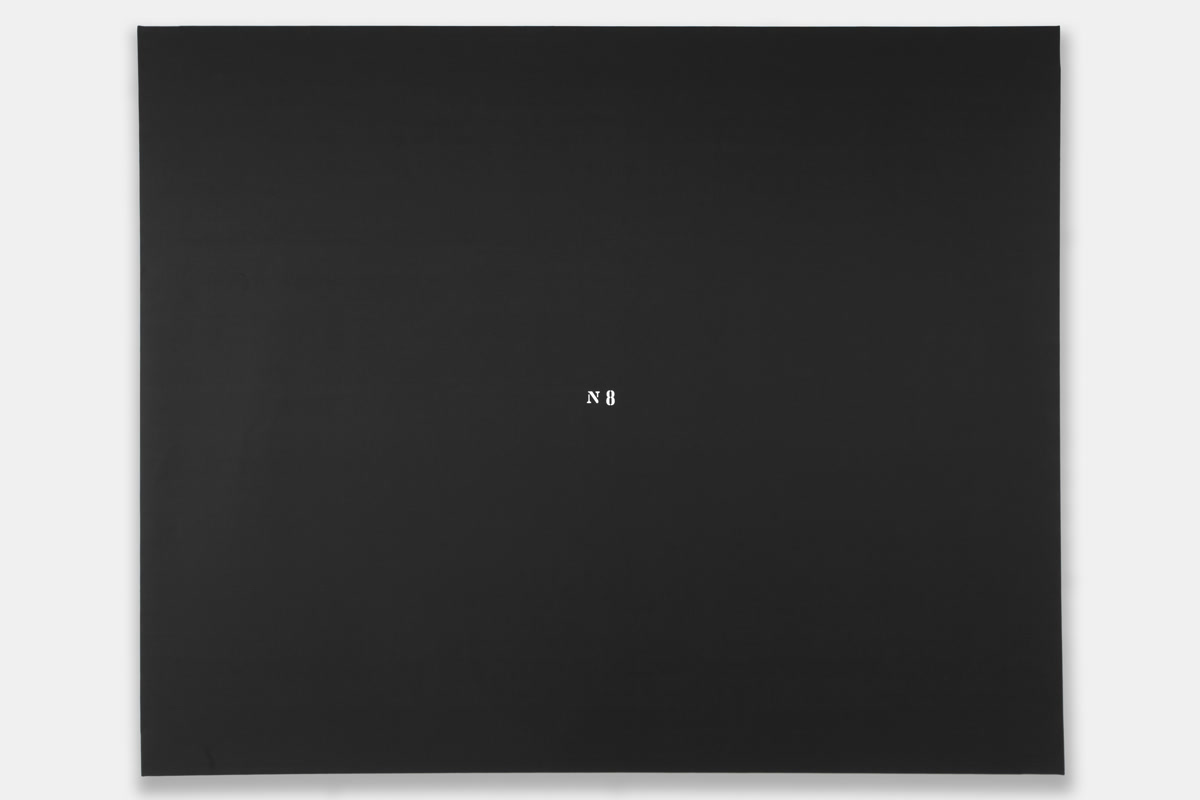
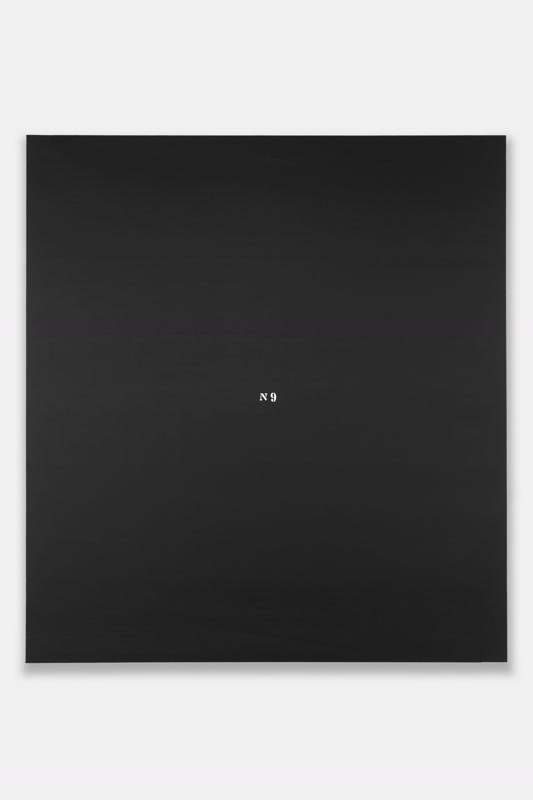
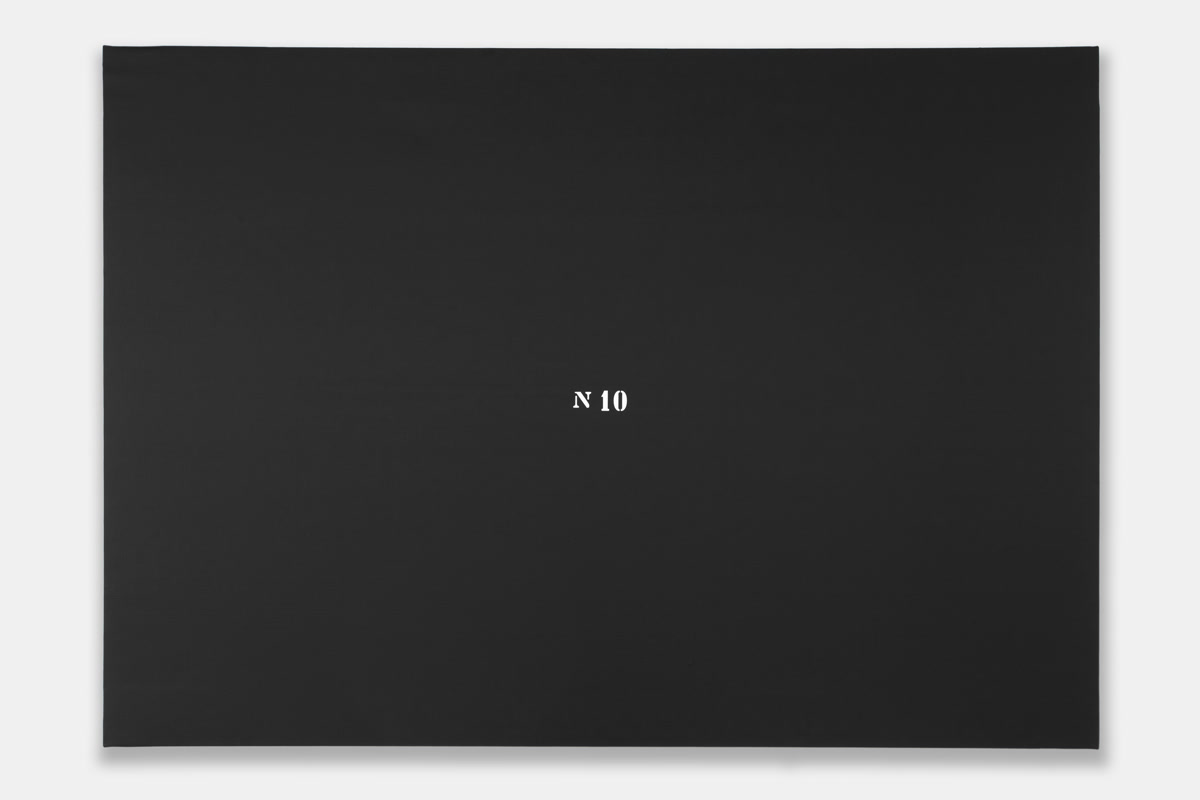
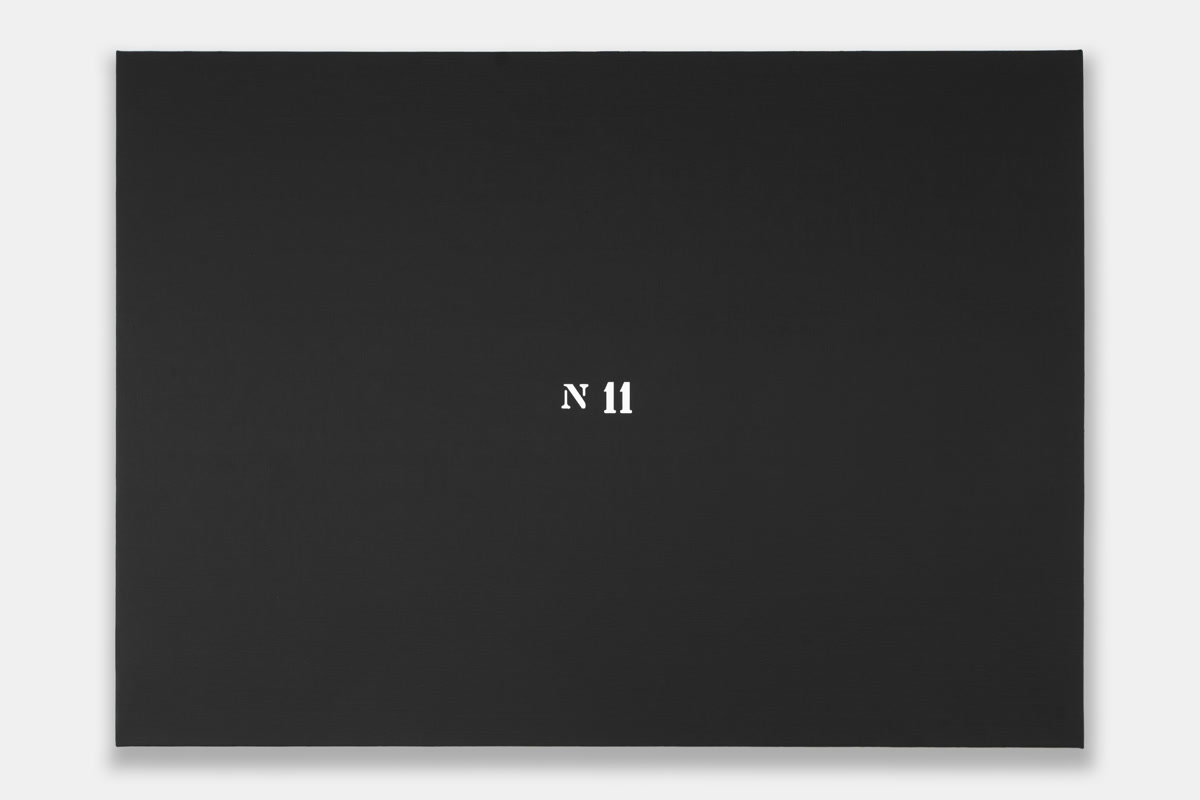
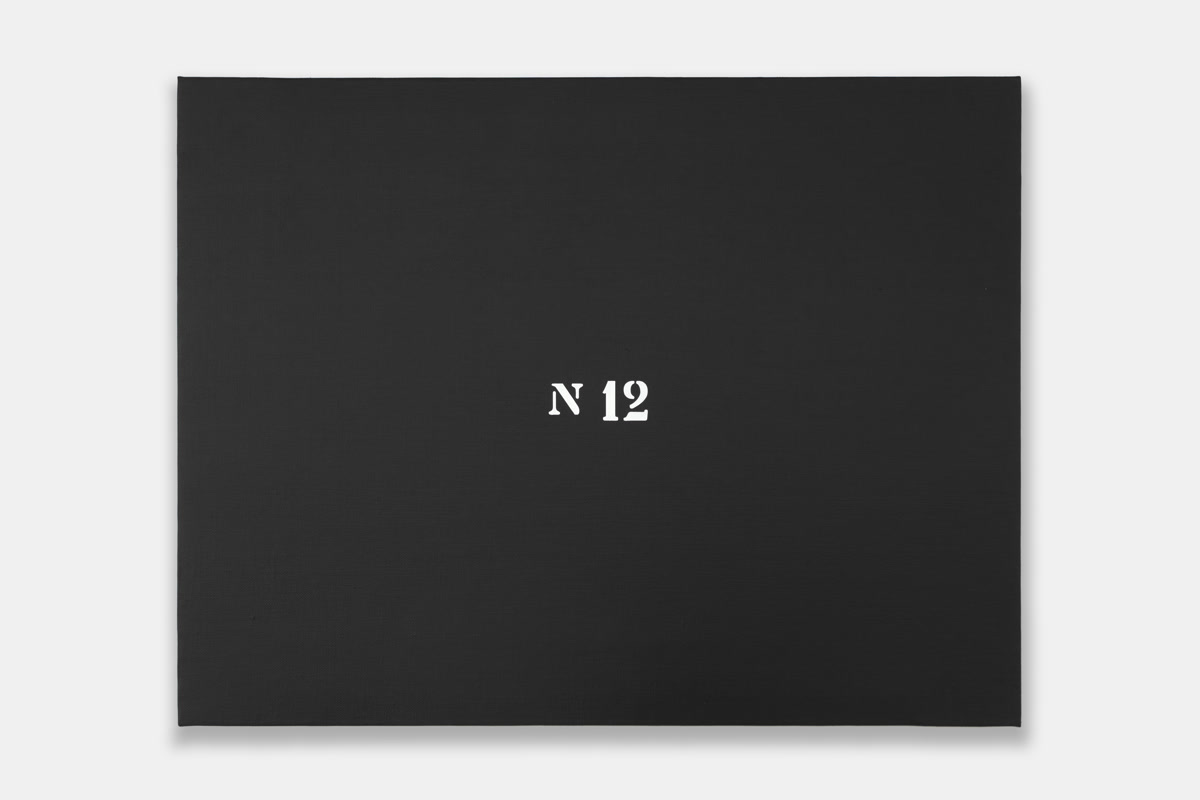

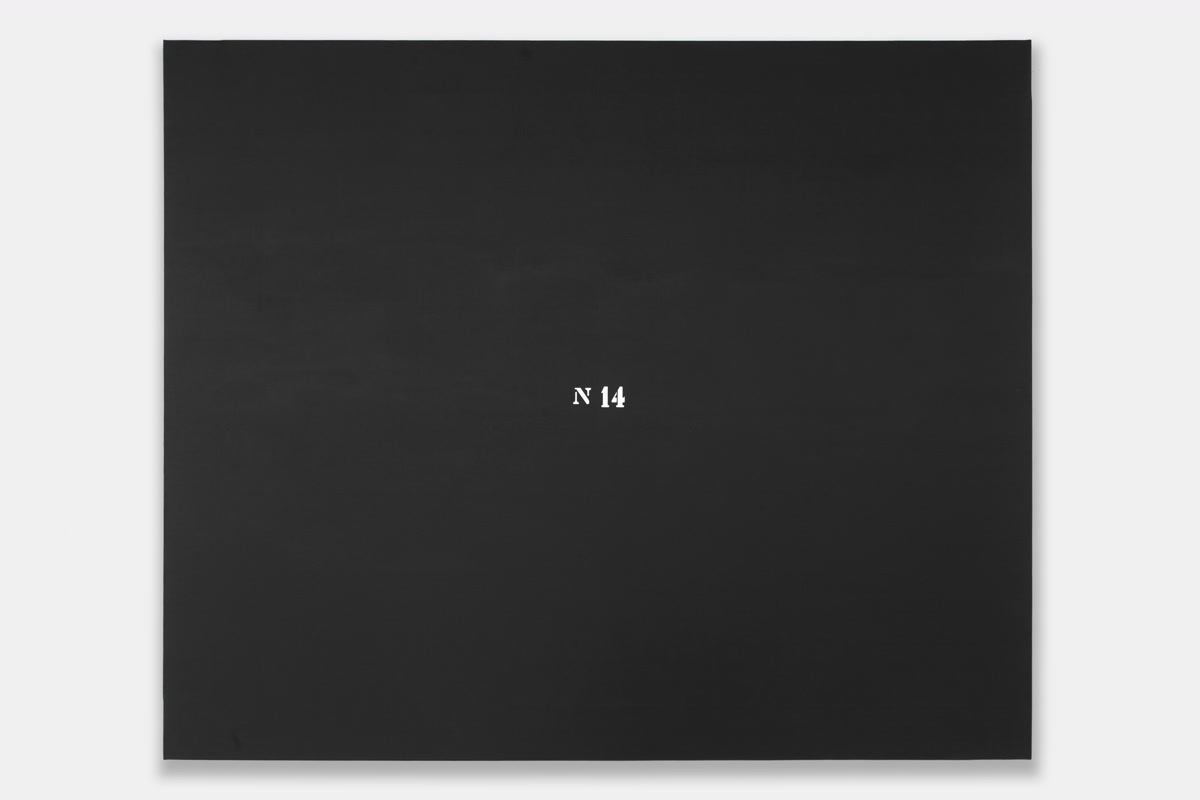
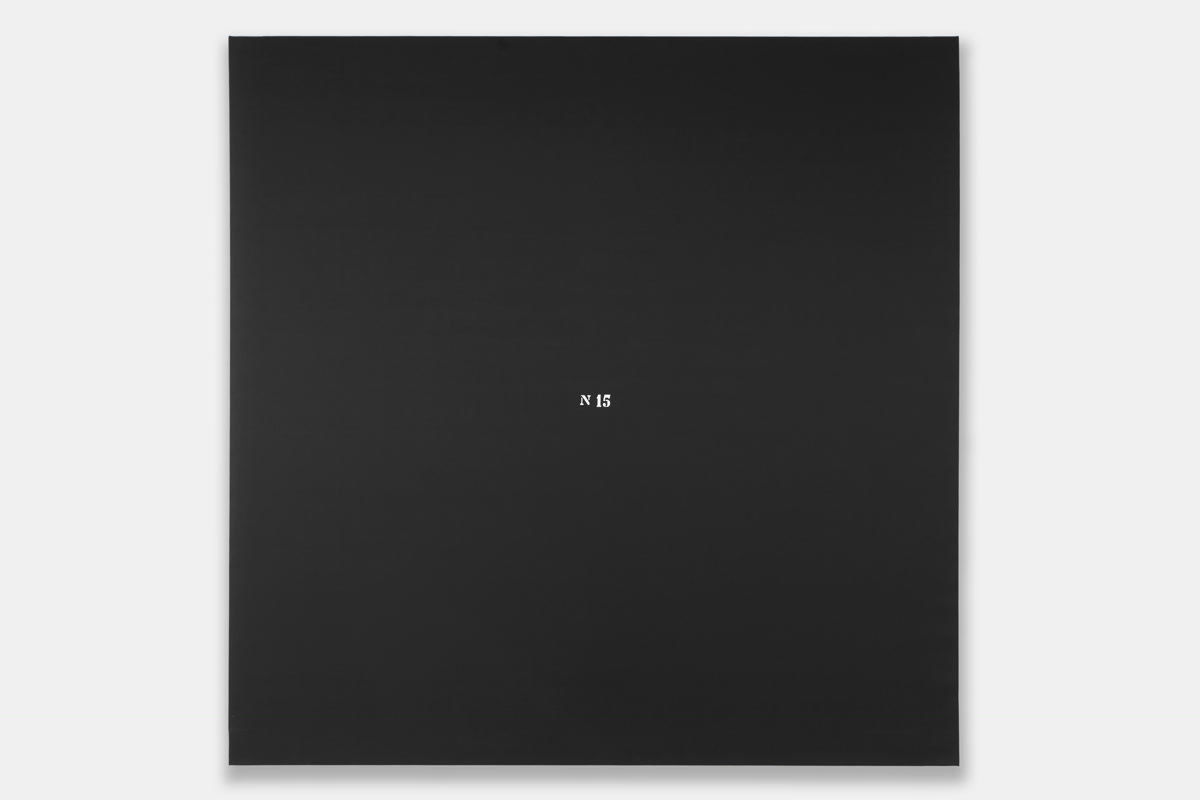
_2022_smalto_su_tela_69_5_x_31_cm.jpg)
